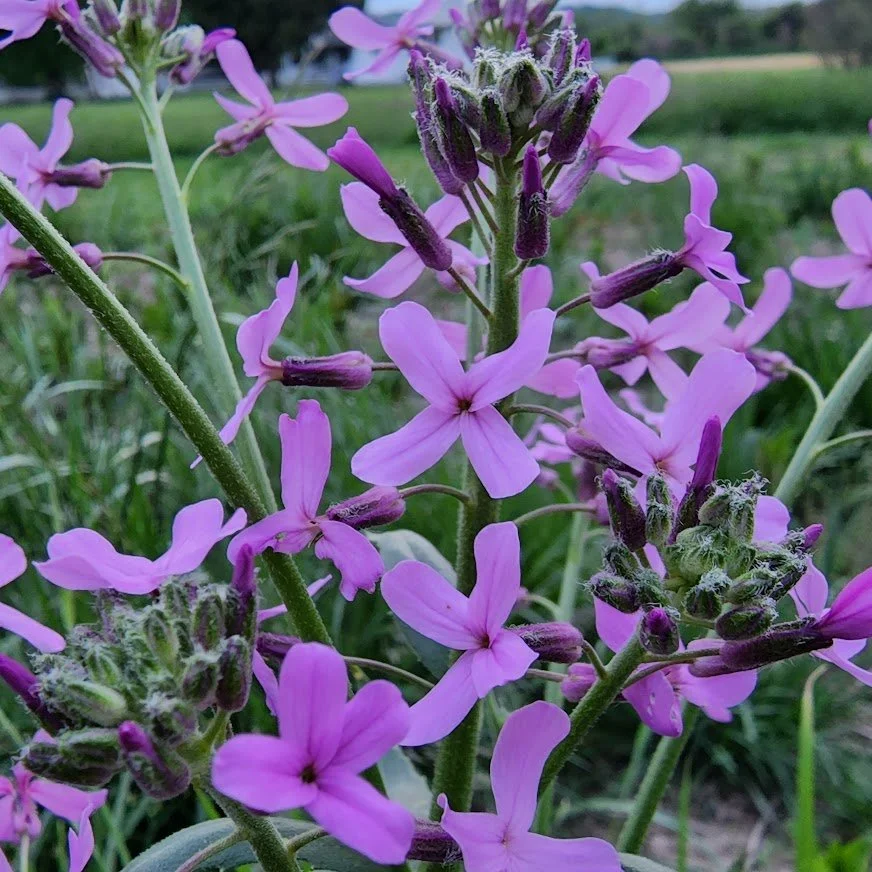Planting Wildflowers in The Fall
With frosts and freezes, it might seem like there's no gardening left to be done. Not so! … There's even seeds that can be sown right now! It's the perfect time of the year to sow wildflower seeds.
Seeds are a miracle, holding the spark of life within until the conditions are perfect. This time of year wildflowers drop their seeds and those little sparks lie dormant through the winter waiting to kindle beautiful spring blooms. Sowing wildflower seeds now replicates that process.
The first step in sowing wildflower seeds in the fall is preparing the soil. Clear away the dead growth from this season's wildflowers, being careful to make sure any seeds get redistributed for next spring. Overseeding an existing wildflower bed will help maintain the natural seed bank you're creating in the soil.
If you're creating a bed from scratch, now is the time to remove sod and gently till the soil. It might seem counter-intuitive, but you don't want to till too deep. That can disturb seeds long dormant in the soil and lead to an explosion of weeds next spring. Let the area "rest" for a week or so after tilling.
The next step is to put your seeds to sleep. It is important to plant seeds that have been conditioned by putting them in the fridge for at least a few weeks. This will replicate the cold outdoor conditions they will experience.
The final step is planting the seeds. A great tip for even distribution of the seed is to mix it with some sand. That will help with distribution when broadcasting by hand, and the contrast will help you see where you've sown. After broadcasting the seed, pack it down by walking over the area, using a roller, or by rolling over the area with your riding mower (what I do).
That's it! Since the seeds are dormant, there's no need to water them. Spring rains and warmer temperatures will tell them when it's time to sprout. Also, since they're all ready to grow, they will sprout two to three weeks earlier than spring-planted wildflower seeds.


